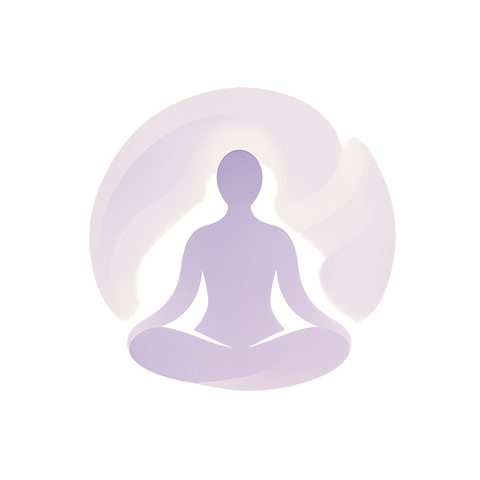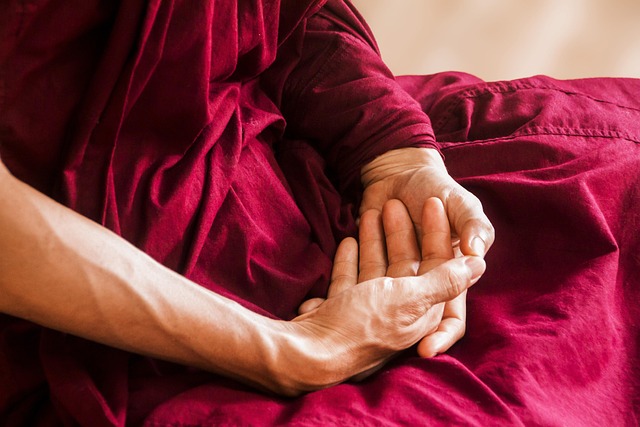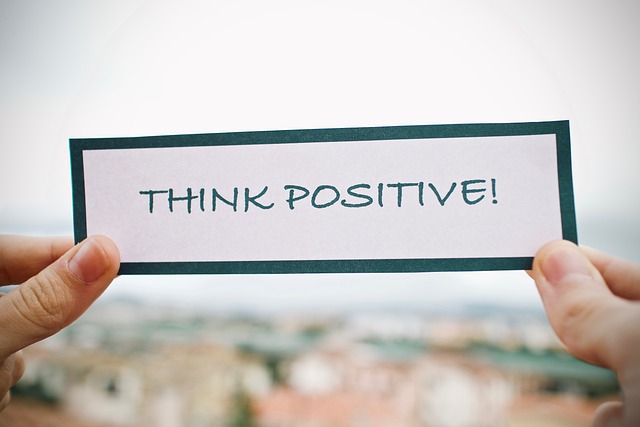In a world that prizes speed and multitasking, the simple act of slowing down to observe our own movements can feel revolutionary. By turning physical practice into a living meditation, we allow the body, mind, and spirit to converse without the usual noise. This gentle rhythm invites a deeper understanding of the self, fostering a harmonious balance between inner peace and outward grace. The practice we explore here—rooted in the Hungarian term szemmélődő testmozgás, literally “observational exercise”—encapsulates that dialogue, offering a pathway to soulful beauty and calm that nurtures both skin and spirit.
Understanding Szemmélődő Testmozgás
Szemmélődő testmozgás is more than a set of physical movements; it is a conscious choreography of breath, sensation, and awareness. While the English translation “observational exercise” captures its essence, the Hungarian phrase carries a cultural nuance that emphasizes mindful presence. Practitioners of this style notice every subtle shift in muscle tension, each breath’s depth, and the small ways the body reacts to intention. By watching the body from within, we break the habit of automatic motion, creating a space where body language becomes a mirror for inner state.
The Intersection of Mindfulness and Movement
Mindfulness, in its simplest form, means paying full attention to the present moment. When applied to physical activity, it transforms the body’s habitual patterns into a canvas of conscious choice. In practice, you might begin with a slow neck roll, noticing the texture of the skin, the weight of the shoulder blades, and the subtle lift of the chest. Each movement becomes a meditation, grounding the mind while simultaneously stimulating the body’s natural regenerative processes. The result is a harmonious flow that nourishes both the nervous system and the dermal layers.
The Soul’s Reflection in Physical Gesture
The soul’s presence can be felt most profoundly when the body is in a state of relaxed awareness. As we observe our movements, the soul’s subtle whispers rise above the external chatter. In this quiet space, patterns of thought and emotion surface, revealing the connection between body language and inner narrative. By consciously aligning posture with intention—such as aligning the spine while visualizing gratitude—we invite the soul to communicate through the language of muscle and breath. This dialogue between body and spirit can unveil hidden insights and foster personal growth.
“Movement is the language of the soul; when we listen, we speak back.”—Anonymous
Beauty and Skin Care Through Mindful Movement
Healthy skin is not only a matter of topical products; it also depends on blood circulation, lymphatic drainage, and hormonal balance. Gentle, mindful movements—like the slow shoulder rolls, neck tilts, or rhythmic wrist stretches—stimulate microcirculation, bringing oxygen and nutrients to the epidermis. The increased blood flow encourages a natural glow and supports the skin’s repair mechanisms. Furthermore, mindful practice reduces stress hormones that can accelerate aging and break down collagen. When combined with a balanced skincare routine, szemmélődő testmozgás can become a cornerstone of holistic beauty.
Mental Health Benefits
Consistent observation of movement has a measurable impact on mental wellbeing. The practice activates the parasympathetic nervous system, lowering heart rate and reducing cortisol levels. It also promotes the release of endorphins, providing a natural mood lift. Importantly, the act of self‑watching cultivates a non‑judgmental stance toward bodily sensations, which can alleviate anxiety and body‑image distress. Over time, practitioners report improved focus, heightened emotional resilience, and a deeper sense of self‑acceptance—all key components of mental health.
Practical Steps to Integrate Szemmélődő Testmozgás
Begin by selecting a quiet space where you can remain undisturbed for 10 to 15 minutes. Sit or stand comfortably, allowing the spine to maintain its natural curve. Follow these guided movements, paying close attention to the sensations they evoke:
- Neck rotation—gently turn the head to each side, feeling the stretch along the cervical spine.
- Shoulder rolls—lift, roll, and release the shoulders, noticing the release of tension.
- Breath awareness—inhale through the nose, exhale through the mouth, aligning each breath with a slow, deliberate motion.
- Wrist and finger stretches—flex and extend, letting the fingertips feel each joint’s range.
- Full-body sway—shift weight from side to side, allowing the pelvis to lead while the shoulders follow.
Finish with a brief period of stillness, letting the body settle into a new baseline of calm.
Incorporating the Practice into Daily Life
Consistency is key, but the practice can be adapted to fit various routines. A 5‑minute observation before meals can center you for mindful eating. During breaks at work, a short stretch can reset posture and clear mental clutter. Even a nightly routine—tending to skin, followed by a brief observational session—can reinforce the bond between body and self. Over time, the practice becomes an intuitive cue: whenever tension arises, the mind automatically initiates a gentle, mindful movement, creating a continuous loop of awareness.
Self‑Education and Reflection
As you deepen your practice, consider keeping a simple journal of sensations, emotions, and insights that arise. Record how each movement affects your mood or skin texture. Over weeks, patterns will emerge, revealing the interplay between physical practice and inner development. This self‑education fosters a feedback loop where observation informs action, and action feeds back into observation. The result is a personalized map of body‑mind health, guiding future adjustments and encouraging lifelong growth.
Closing Thoughts
Szemmélődő testmozgás invites us to become observers of our own bodies, turning every movement into a meditation that touches the soul. By weaving mindful movement into the tapestry of daily life, we nurture mental clarity, enhance physical beauty, and cultivate an enduring sense of calm. In a culture that often prizes speed over presence, this practice offers a quiet rebellion: the power of watching ourselves to heal, to learn, and to honor the intricate dance between skin, spirit, and self.



